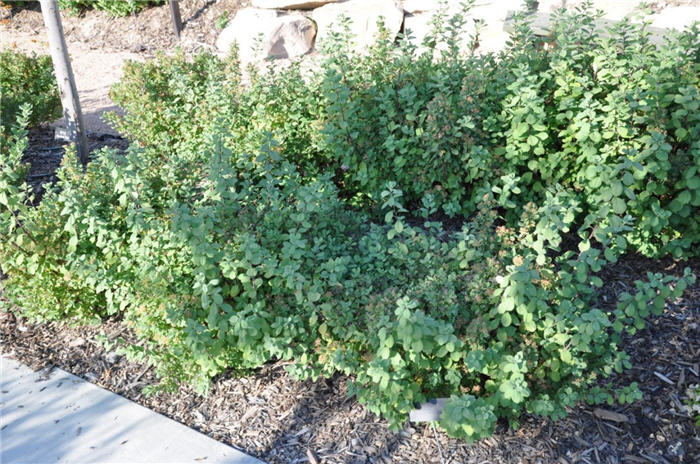| Botanical Name: Spiraea betulifolia | |
| Common Name: Birch-leaved Spirea |

-
Anatomy
-
Culture
-
Design
Plant Type
Shrub
Height Range
1-3'
Flower Color
White
Flower Season
Summer, Intermittent
Leaf Color
Green, Blue Green, Red
Bark Color
Brown
Fruit Color
Brown
Fruit Season
Fall
Sun
Full, Half
Water
Medium, Extra in Summer
Growth Rate
Fast, Moderate
Soil Type
Sandy, Clay, Loam, Rocky, Unparticular
Soil Condition
Average, Rich, Poor, Well-drained, Moist
Soil pH
Neutral, Basic
Adverse Factors
Invasive
Design Styles
English Cottage, Japanese, Meadow, Mediterranean, Ranch, Woodland
Accenting Features
Showy Flowers
Seasonal Interest
Spring, Summer, Fall
Location Uses
Entry, Perennial Border, Shrub Border, Foundation, Parking Strip, Patio, Parking Lot, Raised Planter
Special Uses
Erosion Control, Hedge, Mass Planting, Naturalizing, Small Spaces
Attracts Wildlife
Birds, Butterflies
Photographer:
-
Description
-
Notes